Published in the Sunday Indian Express Magazine - Eye on 29 September, 2024
A Journey through Hawker Centres, Iconic Dishes and Durian!
When I first visited Singapore back in 1992, it marked the beginning of a lifelong love affair with the island city-state. Today, having been there over 30 times, I can confidently say that Singapore is like a second home to me. But what keeps drawing me back, more than anything else, is the food. Singapore’s culinary landscape is as diverse and vibrant as its culture, making it a haven for food lovers like me.
So today, I want to talk about a recent episode of our travel podcast and video series: Travel Explore Celebrate Life! I had the chance to sit down with my good friend Renjie, who has a wealth of knowledge about Singapore's food scene. Together, we delved deep into the world of hawker centres and explored the rich mix of flavours that make Singapore a gastronomic paradise.
The Heart of Singapore’s Food Scene: Hawker Centres
If you want to understand the soul of Singaporean cuisine, you must visit a hawker centre. Unlike the hawkers selling street food in many parts of the world, Singapore's hawker centres are organised, sanitised, and brimming with history. These centres are the heart and belly of Singapore, serving as a melting pot of cultures and culinary influences.
Back in the 1960s and 1970s, the Singaporean government decided to bring street food vendors off the streets and into designated food centres to improve sanitation and manage urban development. Today, hawker centres are a quintessential part of Singaporean life. Whether you are a billionaire or a worker, the hawker centre is a great equaliser where everyone gathers to enjoy affordable and delicious food.
A Culinary Playground
Hawker centres are filled with numerous stalls, each specialising in a few dishes perfected over generations. From Maxwell Food centre to Newton Food Centre, each hawker centre offers a unique blend of flavours. Here, you can find everything from Chinese, Malay, Indian, and Peranakan influences to more contemporary dishes, creating a culinary experience that is truly Singaporean.
One of my fondest memories of hawker centres is the first time I tried Sambal Stingray, a spicy and flavourful grilled fish dish that left my taste buds tingling with delight. This was also where I discovered Chwee Kueh (steamed rice cakes topped with preserved radish), Black Carrot Cake (a savoury radish cake stir-fried with eggs and preserved radish), and Morning Glory stir-fried with garlic. Each dish told a story of Singapore’s rich cultural heritage and its evolution over time.
Vegetarian Options in Singapore
A common misconception is that Singaporean cuisine is only for meat lovers. However, as Renjie pointed out on the episode, there are plenty of vegetarian options available that often go unnoticed due to a lack of clear signage. Many Singaporean dishes have vegetarian versions, influenced by the island's multicultural society, which includes a significant number of Indian and Buddhist vegetarians.
From stir-fried Vermicelli with vegetables to the uniquely Singaporean Chwee Kueh, there’s no shortage of vegetarian delights. Even dishes traditionally associated with meat, like Laksa and Nasi Padang, can be found in vegetarian versions at various stalls and restaurants.
Iconic Dishes
Singapore's food scene is not just about Chilli Crab and Hainanese Chicken Rice, though these dishes are definitely iconic. Chilli Crab, for instance, has evolved from a traditional Malay dish into a global symbol of Singaporean cuisine. The sweet, spicy, and tangy sauce of the Chilli Crab, combined with the juicy crab meat, makes it a must-try. But, as Renjie suggests, don't miss out on the Black Pepper Crab or the lesser-known White Pepper Crab for a different, yet equally delicious experience.
For those who are willing to explore beyond the usual tourist recommendations, here are a few dishes that stand out:
Fish Soup: A comforting bowl of soup made from fish bones, served with thick rice noodles or steamed rice, slices of fish marinated in Chinese rice wine, bitter gourd, tofu, and vegetables.
Nasi Padang: A Malay dish named after a region in Indonesia, consisting of rice and a variety of curried dishes. It's a bit like a buffet where you choose what you want to accompany your rice.
Roti Prata: A type of South Indian flatbread that has been adapted into Singaporean cuisine, often served with curry. It's similar to the Malabar Paratha from Kerala but uniquely Singaporean in its preparation and flavour.
Rapid Fire of Favourites
Towards the end of our discussion, I challenged Renjie to a rapid-fire round where he had to name dishes based on common ingredients. So here’s a quick rundown:
- Rice: Hainanese Chicken Rice, Nasi Padang, Biryani
- Noodles: Char Kway Teow, Hokkien Mee, Mee Soto
- Tofu: Tahu Goreng, Tahu Goreng Telur, Tie Ban Dou Fu
- Chicken: Hainanese Chicken Rice, Ayam Penyet, Curry Noodles
- Prawns: Salted Egg Yolk Prawns, Laksa Curry, Prawn Noodle Broth
- Fish: Steamed Fish, Fish Head Curry, Ikan Bakar
- Dumplings: Gu Chai Kueh, Ondeh Ondeh (a sweet dumpling), Hakka Yam Abacus
The Durian Dilemma
Of course, no conversation about Singaporean food would be complete without mentioning ‘Durian’, the infamous ‘King of Fruits’. Known for its pungent smell, durian is both loved and loathed. While I find its strong flavour to be an acquired taste, Renjie, who grew up eating durian, considers it a taste of home. Due to its strong odour, durian is banned from public transport in Singapore-a rule that’s strictly enforced!
All in all, in Singapore, food is more than just sustenance; it’s a bridge between cultures and a gateway to understanding a place. Singapore, with its flavours and culinary traditions, exemplifies this beautifully.
So, the next time you find yourself in Singapore, don’t just stick to the popular tourist spots. Dive into the hawker Centres, explore the less-travelled paths, and discover the heart of Singapore through its food. After all, as Renjie and I agreed, food has the power to take us places, and there’s no place quite like Singapore.
If you enjoyed this deep dive into Singapore’s culinary delights, be sure to check out our podcast, Travel, Explore, Celebrate Life. Hosted by me, Neil Patil, the podcast takes you on a journey around the world, exploring different cultures, cuisines, and experiences that celebrate the joy of travel. Whether you are looking for travel tips, unique destinations, or inspiring stories, we have got you covered. You can listen to Travel, Explore, Celebrate Life on YouTube, Spotify, Apple Podcasts, or wherever you get your podcasts. Just scan the QR code below.

What are some of your favourite Singaporean dishes? I would love to know, so write to me at neil@veenaworld.com and until next time, keep Celebrating Life!
Know the Unknown
The Merlion, a creature with the head of a lion and the body of a fish, stands as an emblematic figure of Singapore. Tourists often photograph the statue at Merlion Park but rarely explore its deeper meaning.
Created in 1964 by British ichthyologist Alec Fraser-Brunner for the Singapore Tourism Board, the Merlion symbolises the city's origins. The fish tail represents Singapore's beginnings as a humble fishing village called Temasek, meaning ‘Sea Town’ in Javanese. The lion's head signifies the city's original name, ‘Singapura,’ or ‘Lion City’ in Malay, inspired by a legend. According to folklore, Prince Sang Nila Utama of the Srivijaya Empire spotted a majestic lion upon arriving on the island in the 14th century, prompting the renaming. Interestingly, lions were never native to Singapore; the creature he saw was likely a Malayan tiger.










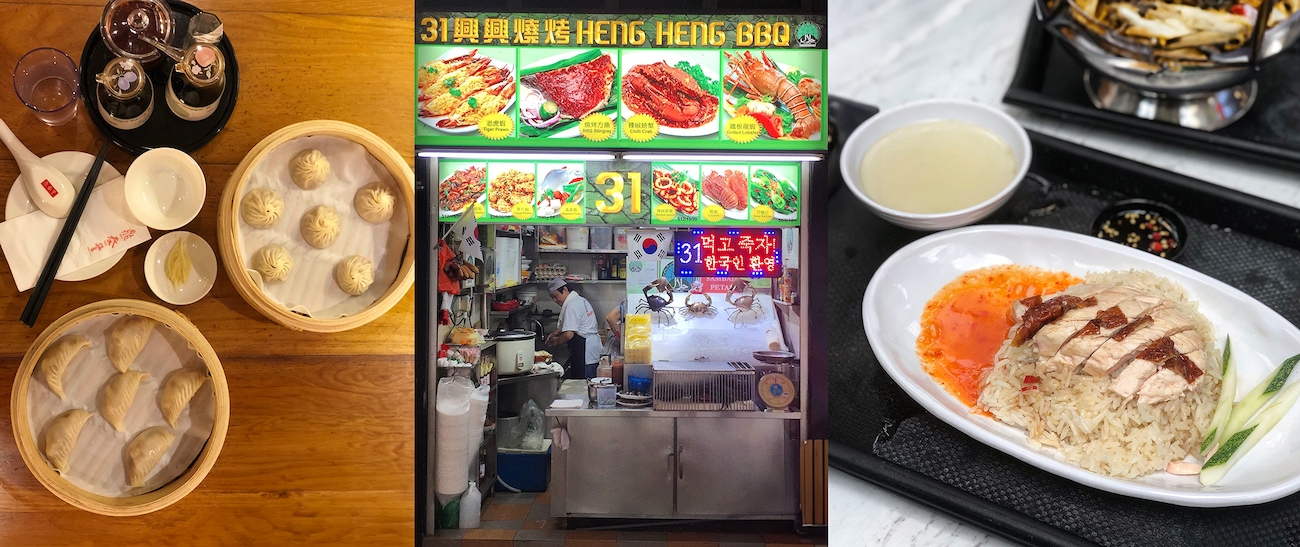



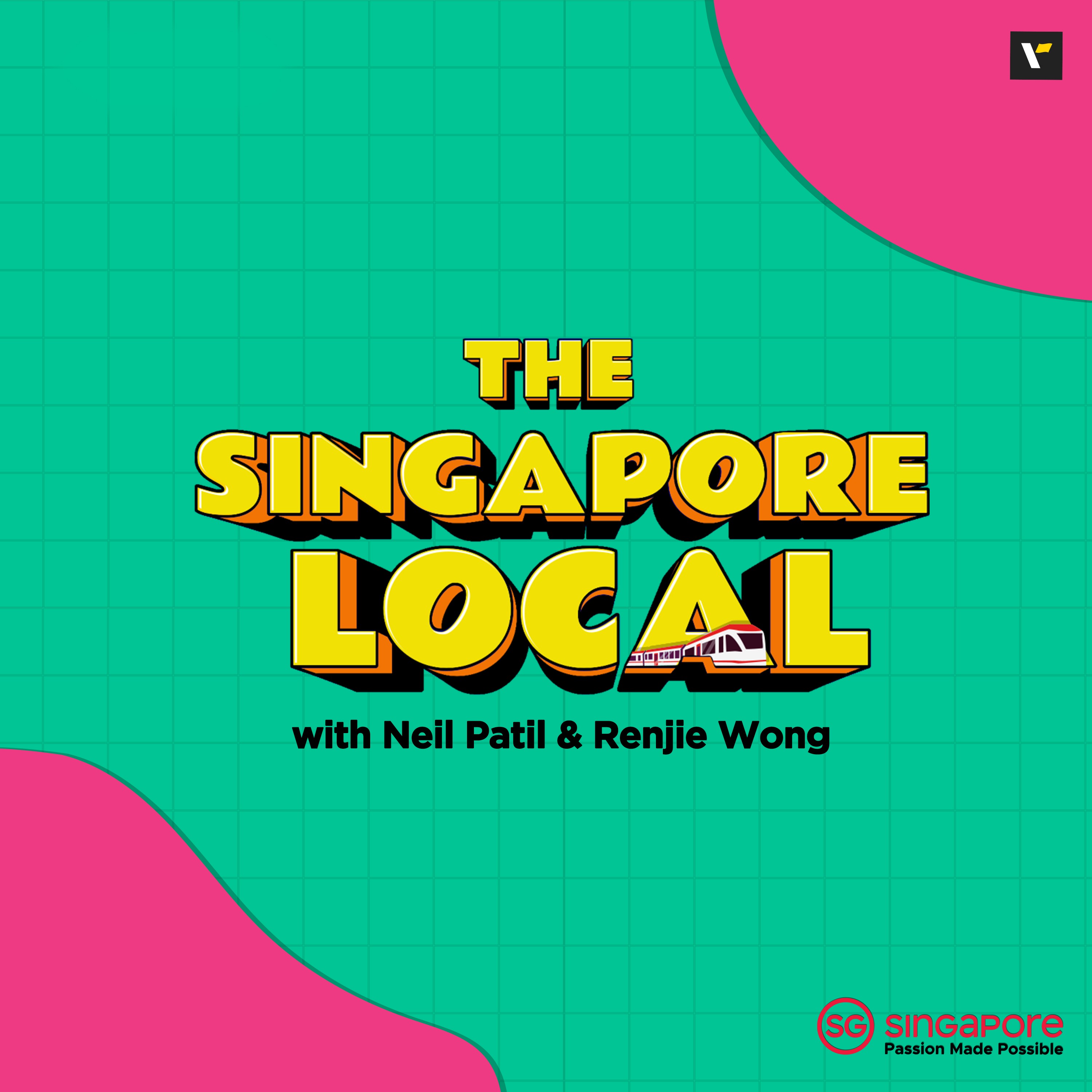












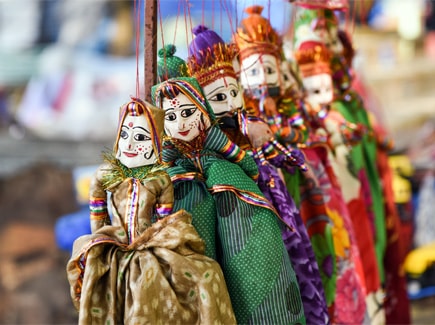








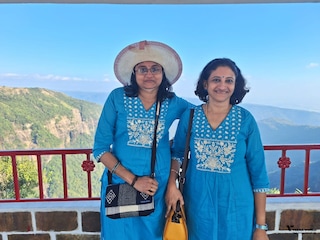


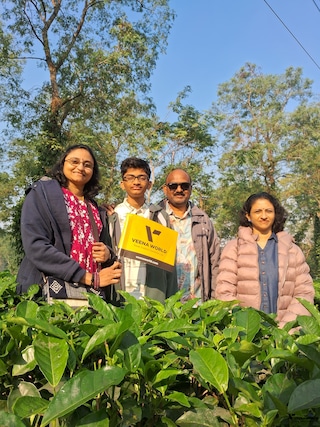

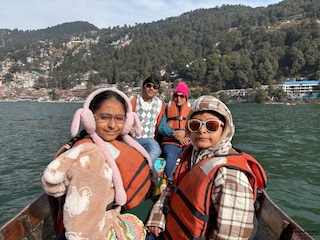







Post your Comment
Please let us know your thoughts on this story by leaving a comment.